By Karen Phelps.
I am not sure how I have found myself in a dark bar salsa dancing with a man half my size. With his long dark straggly hair, black t-shirt and jeans he looks like a heavy metal groupie. He well could be. Salsa dancing is so much a part of the culture of South America that almost every man will have a bash at it, no matter how many left feet he has, just like my new salsa dancing friend who is heaving me around the dance floor like a sack of salsa flavoured potatoes.
But although salsa is danced pretty much everywhere in South America, from the pueblos to the cities, the further north you head in the continent the stronger the dance grows. The country with the reputation for the best salsa dancing is undoubtedly Colombia, and in particular Cali. In fact for many tourists Cali has little else to recommend apart from the opportunity to see some of the best salsa dancing in the country, if not the world. A melting pot of indigenous, European and African cultures, the city even has its own specific style of salsa. Located near the port of Buenaventura, Cali was the entry point for many new products arriving into Colombia last century, including the phonograph, wireless, and new music such as the mambo and Caribbean beats. By embracing the outside world of music and combining this with its own rhythms, Cali forged a new musical style called ‘salsa caleño’ and a breed of salsa featuring logic defying, lightning fast steps .
A local friend takes me to a little salsa bar off Avenida Sexta, an area that is a famous haunt for Cali partygoers. Inside it is so crowded with sweaty bodies that we have to push our way in. Tables are scattered around the room littered with empty bottles of aguardiente, the popular aniseed flavoured local drink. Salsa dancing is not limited to the dance floor. Everywhere hips are swaying and toes tapping to the fast salsa beats. There is a raw energy – this is the salsa of the people and of the streets.
South American, and in particular Cali salsa, is difficult for foreigners to get their hips around. Salsa is all about the hips, and in Cali it’s also about the feet. The basic step of Cali salsa has steps breaking backwards diagonally, instead of moving forwards and backwards as is typically seen in American salsa. Dancers do not move their upper bodies much, instead keeping still yet relaxed, while their feet perform endlessly complicated rapid movements.
South Americans seem to be born with an innate salsa rhythm gene that is difficult to replicate. But you won’t have any trouble attempting to try out your dance moves, no matter how bad they might be. In South America, particularly for women, it is not uncommon to be dancing on the floor with your girlfriends one minute, then the next have a strange man grab your hand and try to spin you around. Not that salsa is all about the art of dance floor flirtation, it can also simply be a way to meet new people and have a bit of fun. This means that to learn the basics it is not necessary to take classes. There will be plenty of willing men to show you a step or two on the dance floor of many local bars and clubs. But if you do want to perfect your steps there is a wide array of salsa classes available, some even for free. You know you must be in the capital of salsa when your hostel even offers free salsa lessons for guests.
I am fortunate enough to be in Cali for the annual Festival Mudial del Salsa. This free event is a great way to see the best salsa dancers in the country all in one place. Held over an entire week this festival hosts live performances, films and salsa dance workshops held in an outdoor amphitheatre. Dancers and supporters gather by the hundreds to applaud the dancers strutting their stuff on the stage. With literally sometimes a hundred or more dancers competing in each category, be prepared for the festival to last all day and all night. Costumes are revealing, sparkly and flamboyant and often made by the dancers themselves or their families. Dancers are assessed for their attitude, technique, choreography and costumes. The spangles and tassels fly because these chicas and chicos can really shake their ‘booties’!
The performers make dancing salsa look easy, but of course it is not. So I ask my Colombian friend for advice. This is what he says, in a nutshell, is salsa South American style.
1. Feel the rhythm in your stomach.
2. Women should wear high heels.
3. Drink some aguardiente or rum (if you’re over 21 and drink responsibly)
4. Learn the songs to sing while you dance.
WHERE TO STAY
Jovitas Hostel and School of Salsa offers free salsa lessons and free yoga classes.
Calle 4 #5-43
WHERE TO LEARN
Sondeluz
Sondeluz.com
Academia Combinación Rumbera
Parroquia Santa Ana Calle 28B No. 33E-70
Constelación Latina
Cra 26ª No. 76-47
Escuela de Baile Impacto Latino
Cra 41 No. 38-75
Fundación Artística Nueva Dimensión
Calle 36 No. 41A-10 Autop. Simón Bolívar
Fundación Escuela de Baile Swing Latino
Cra 33 No. 29-11
WHERE TO DANCE
Tin Tin Deo tintindeocali.com
Zaperoco zaperocobar.com
Changó chango.com.co
EVENTS
Festival Mundial de Salsa is held in September. festivalsalsacali.com
Delirio Held on the last Friday of the month this show has dancers, musicians and acrobats. delirio.com.co
Salsa y Verano Held in late July with lots of live music and dancing.
Feria de Cal 25-31 Dec. Basically a big street carnival party. feriadecali.com
Photo: Courtesy of www.delirio.com.co
Video: Courtesy of youTube.
Dance Informa/Dance News International takes no responsibility for the content of any videos viewed through youTube.


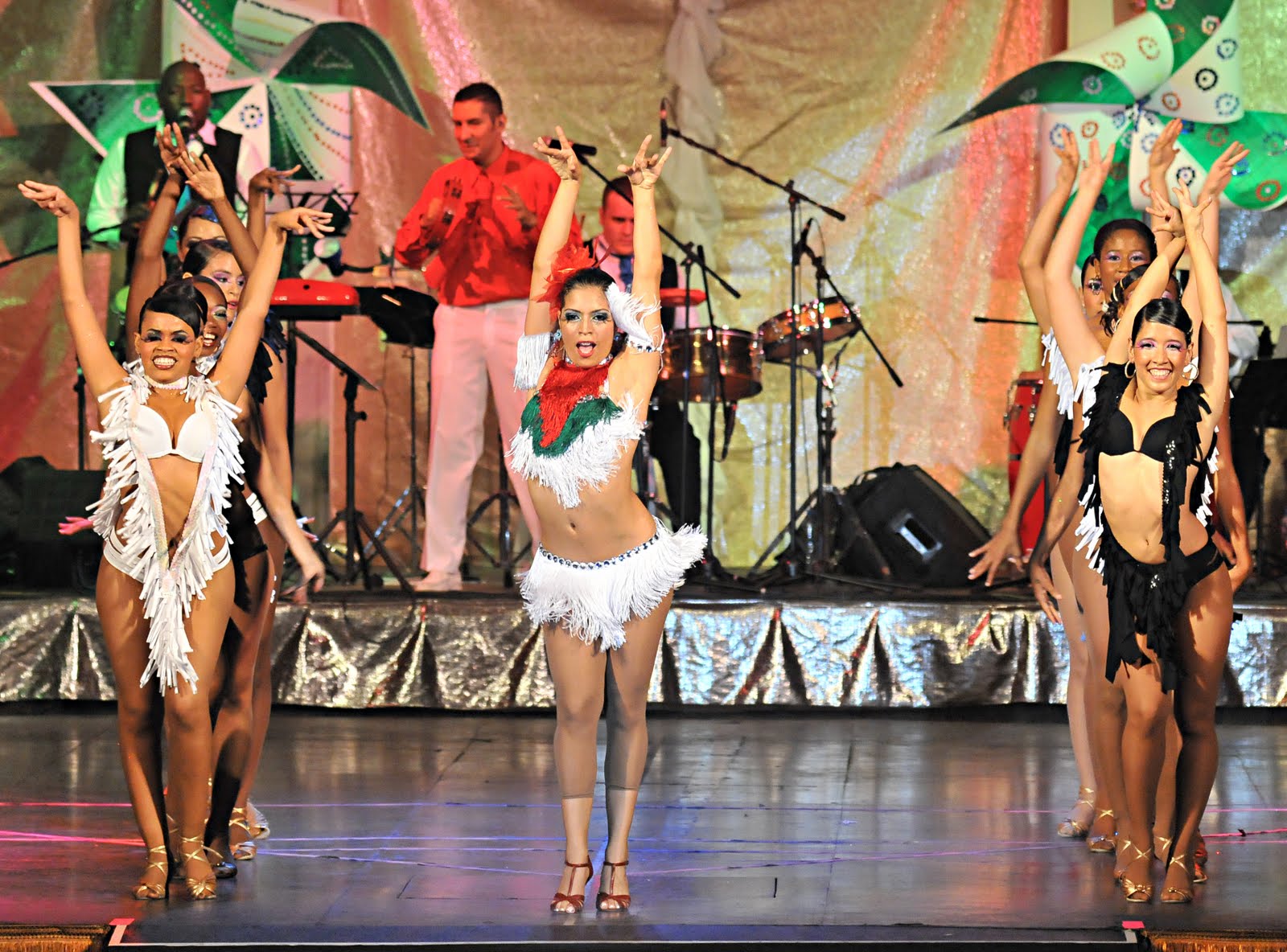

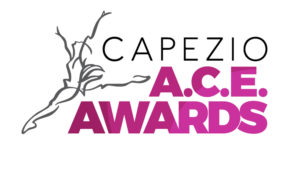



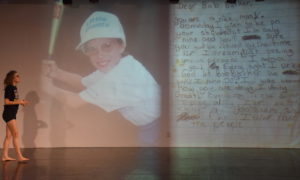

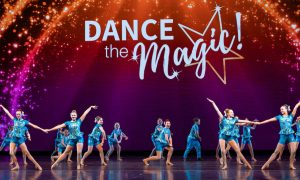

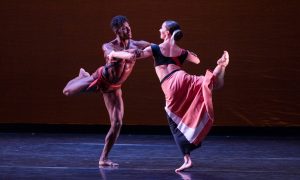

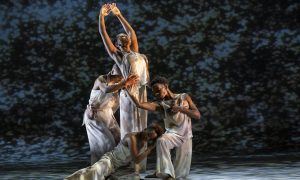

Pingback: Tweets that mention Sizzling Salsa in South America | Dance Informa Magazine -- Topsy.com